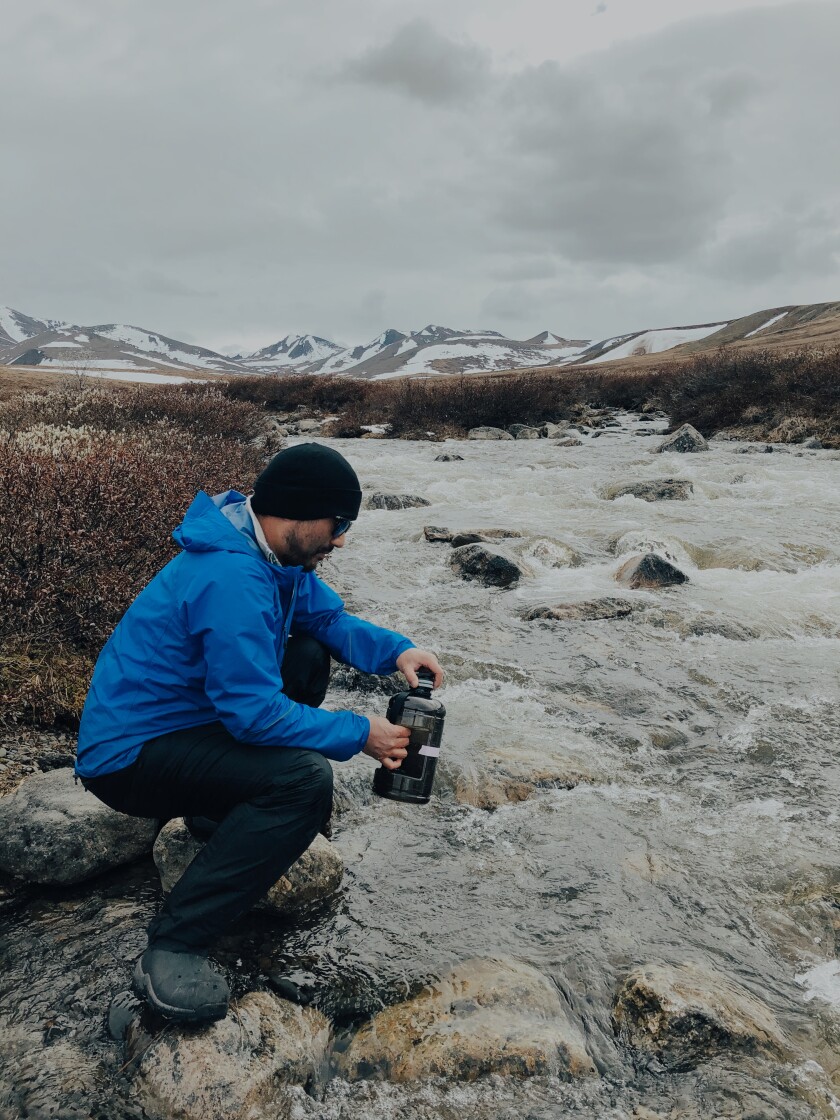Permafrost is the layer of permanently frozen soil, sediment, and rock in many northern and mountainous regions. Permafrost regions contain most of the Earth’s remaining wilderness, and the ecosystem supports more than 1.5 billion people globally. However, permafrost is in trouble. It’s billions of years old—and it’s melting. A team of BYU researchers is raising a voice of warning and working to stop the meltdown.
Human-caused climate change is affecting permafrost regions three times faster than the global average. Even though these ecosystems are half a world away, their meltdown could affect everyone.

Permafrost ecosystems regulate toxic emissions. This means the destruction of such a fragile ecosystem entails unparalleled global warming.
“The permafrost domain regulates the Earth’s energy balance and affects ocean circulation and habitats for people and wildlife worldwide,” says Ben Abbott, a BYU plant and wildlife sciences professor who led the permafrost study in Alaska. “We have pulled the plug on the world’s largest freezer. If we don’t plug it back in soon, things are going to start smelling.”
The melting of permafrost creates a vicious climate change cycle: the world population contributes to global warming, the permafrost stops regulating toxic emissions, and the permafrost’s degradation emits more carbon dioxide. Higher emissions lead to higher temperatures and even more destruction.
“Today the permafrost regions are already releasing nearly the same amount of greenhouse gases as Germany’s annual emissions,” says Jen Strauss, a co-author on the study from the Alfred Wegener Institute.
In addition to accelerating global warming, there are major consequences for local communities. Tens of millions of people living in the far north depend on the water it provides for agriculture and other uses. This suffering is already evident within the surrounding Indigenous communities in the permafrost domain—though these people have contributed little to the pollution themselves.
Raymond Lee, a BYU postdoctoral researcher working with Abbott, recognizes the unique beauty present in permafrost: “It’s like ‘The Land Before Time’ … [permafrost] is the last pristine place on Earth, so you have to be very careful.”

Qiwen Zhang (‘22), a BYU PhD student studying environmental preservation and a co-author on the study, recommends combining both personal and policy changes to reverse climate change. Small changes, like choosing public transportation, consuming less meat, and going digital for school and work add up. “No matter how small the step is, we must take action,” Zhang says.
The study concludes with a call for “climate restoration” through a rapid transition to renewable energy. It’s now a race against the clock to reduce human emissions—or permafrost and the world’s population will face the consequences.
“The energy choices we make over the next decade could open pathways toward recovery,” Abbott says. “Or lock us in a future of loss and degradation.”
Media contact: Tonya Fischio